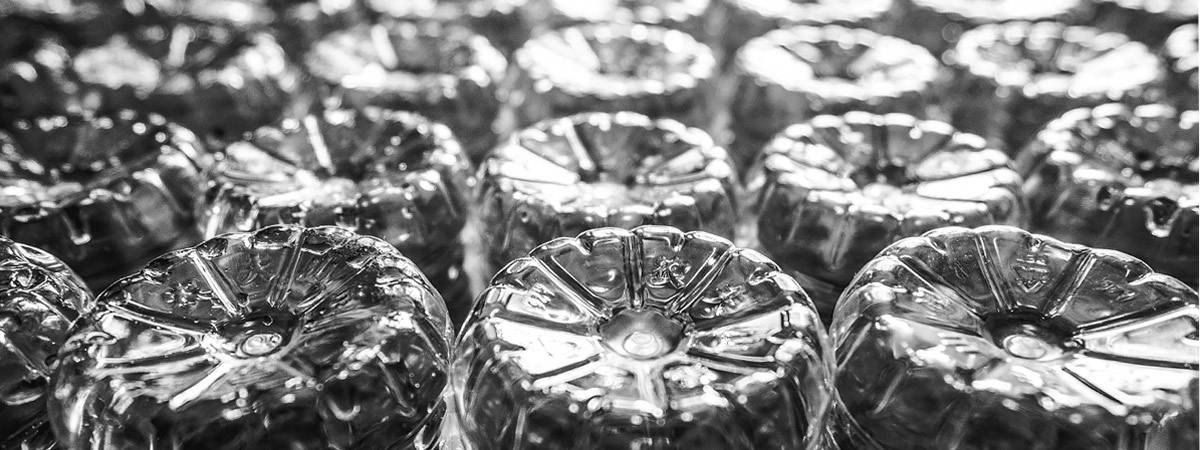A Million a Minute
PET bottles produced with vacuum
Plastic PET bottles are everywhere. Over the last 50 years, they have become the standard way of transporting drinks throughout the world. These ultralight containers are formed using vacuum provided by vacuum pumps from Busch.One million. This is how many PET bottles are purchased worldwide – not per year, but every minute. This means over 500 billion bottles annually, with the number still climbing. PET bottles have changed the way we consume drinks. And for most soft drinks, they have become the container of choice. To create these ubiquitous bottles in the right shape, form, and size for all the different products that fill them, vacuum is used.
What is PET?
PET stands for polyethylene terephthalate and is an extremely versatile
plastic from the same chemical family as polyester. Bottles made from PET have many advantages. They are light, much more robust than glass, cheap to produce, and require few raw materials. In contrast to many other plastics, PET does not contain harmful bisphenol A or plasticizers. And finally, used PET bottles can be recycled, either using the material as fuel, or to create new plastic products.
PET is made from two products that are most commonly used in the
chemical industry: dimethyl terephthalate (DMT) and mono ethylene glycol (MEG). Even when the DMT is still in granule form, vacuum is already in play. The granules are transported by
vacuum conveying from the storage silo to further processing with the assistance of vacuum pumps from Busch. The DMT reacts with the MEG, a process called polycondensation, and the PET molecules link together. Again, vacuum is used, this time to create the optimum conditions for the process and to extract excess fumes. Then, just like the raw materials, the finished PET granules are transported out of the production area by vacuum conveying.
A bottle in two steps
To create a container from the granules, they must first be melted. This molten mass of PET is blown to form a blank in a corresponding mold using compressed air and an injection molding process. So that the viscous PET is distributed more easily and equally in the form, vacuum is applied. The blank has a similar size and shape to a test tube and is what will later become a bottle. To save volume during transport, the final containers are only formed at the drink manufacturer’s bottling plant. There, the blank goes through another process similar to injection molding, optimized through the use of vacuum. It is secured in a metal form, heated, and blown with compressed air into the shape and size required for the final bottle.
Making new PET from old bottles
In many countries, single-use PET bottles are collected and recycled. The empty containers are minced into small flakes, cleaned, sorted by color, and prepared into PET chips. These can be used to manufacture new blanks in an injection molding process. Although completely transparent and one-color bottles cannot yet be created exclusively from recycled material, new chemical processes should permit this in the near future. Another industry that makes use of recycled PET is the textile industry. There, it is used to create polyester fibers, which can be made into different items of clothing, footwear, and home textiles.
